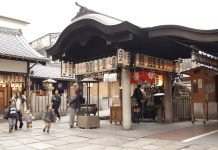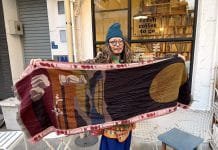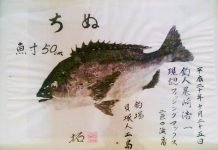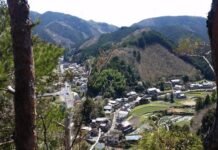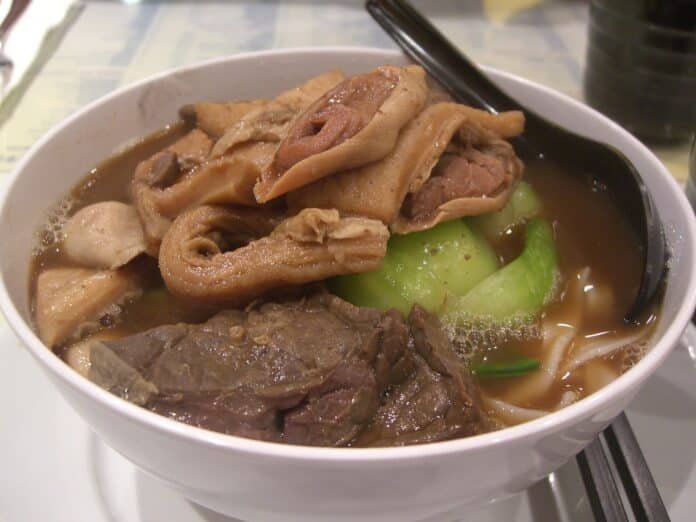
Udon is one of the most widely available and beloved fast food dishes in Japan. However, today we’re going to talk about a kind of udon you probably haven’t seen before. Kasu Udon.
What is Kasu Udon?
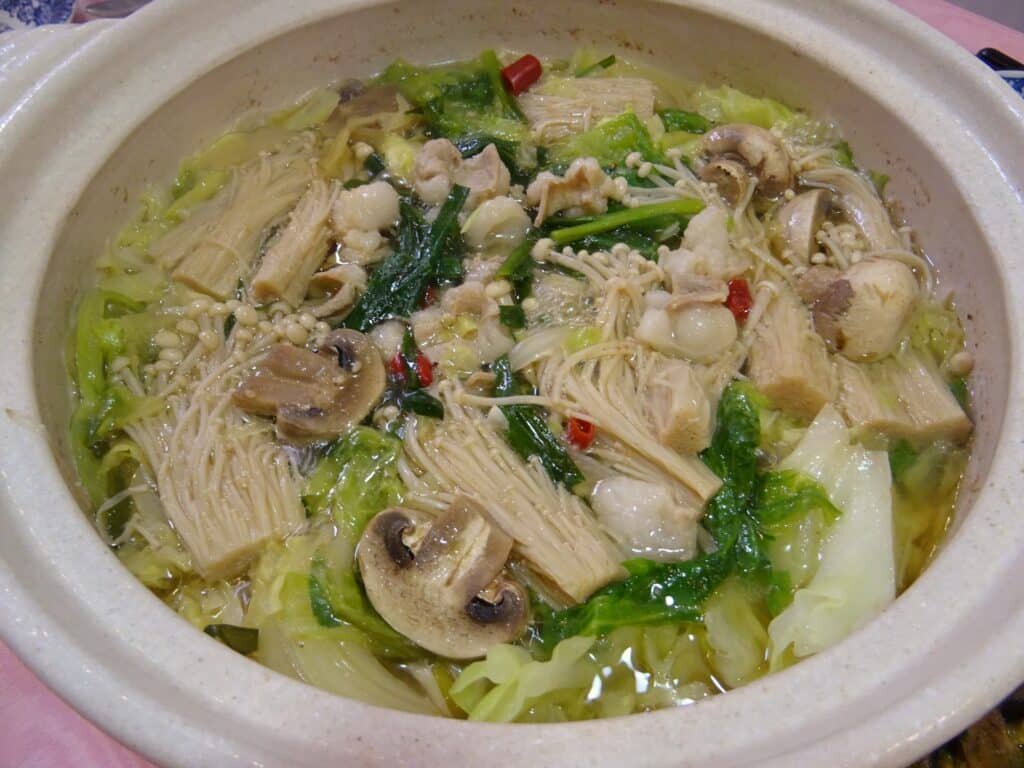
Udon noodles are popular all across Japan, and are typically served in a thin, slightly oily soup, accented by the local vegetables and meats of the region where it’s prepared. Osaka is no different from the rest of Japan in this regard, and Kasu Udon is their own, local and uniquely Osaka take on the idea of udon noodles in a soup.
The “Kasu” in this case, is an abbreviation of the longer Japanese food term “aburakasu” which is the name of a type of beef intestines, deep-fried in a local variant of lard and then served atop the udon soup. The soup itself is of the “dashi” type, typical to many other regional udon variants. Dashi soup is characterized by its aforementioned watery consistency and its light flavor. As a result, the taste of dashi-based udon dishes is defined by that is served with the soup rather than the soup itself. In this case, it is the strong, rich flavor of the “kasu” beef intestines. “Kasu” also has another meaning, that of general “leftovers”. Again this is a throwback to the genesis of the dish at a time when Osaka’s poorer classes would first make this and a number of other “horumon” based dishes to make sure no part of the limited available livestock was wasted.
Kasu is perhaps a good starting point for those who aren’t familiar with horumon or offal based dishes. The taste isn’t all that different from conventional cuts of beef, though the texture is a little chewier than you might be used to.
Varieties of Kasu Udon
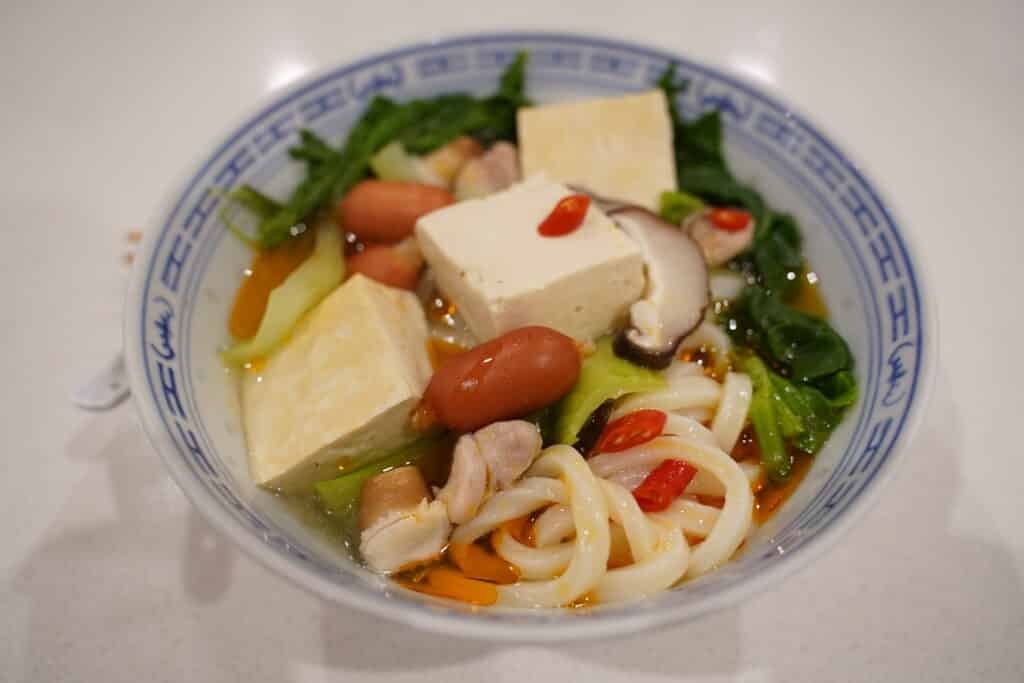
Being quite a simplistic dish, there really isn’t that much variation from restaurant to restaurant in terms of how Kasu Udon is prepared. However, where things do differ somewhat is in the variety of soup bases that are on offer. These dishes are similar to Kasu Udon, but derive different names, based on the type of soup that is used.
For example, Kasujiru, uses the famous “tonjiru” soup which is thicker, creamier and is often accompanied by pieces of fried tofu, creating a dish that is similar but also different in its own way.
However the over-riding flavor of the “kasu” beef intestines remains the dominant force as far as taste goes.
Where to buy Kasu Udon
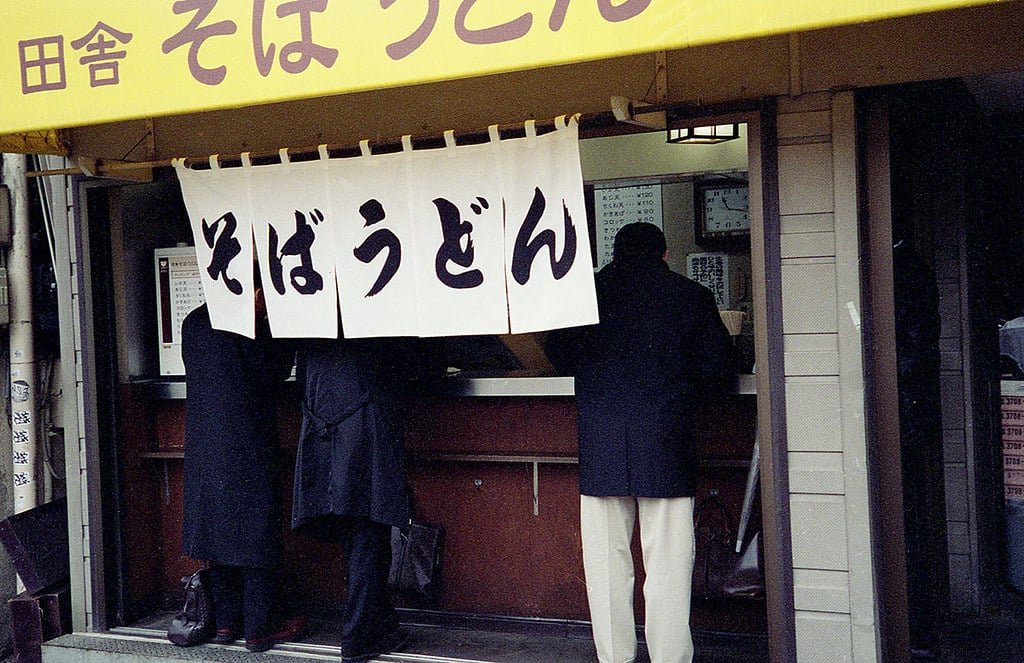
Whilst a number of higher end Japanese (Washoku) restaurants and izakayas in Osaka have sought to rebrand Kasu Udon as a kind of Osaka “Soul Food” (and charge a premium for this pretentiousness) the best place to enjoy Kasu Udon remains any of the huge number of Udon restaurants dotted around the city. As is often the case with such perceived cheaper, lower end foods, the best Udon restaurants in Osaka can be found in the less fashionable, working class areas of the city. Places like Taisho Ward, Nishinari Ward and Asahi Ward have some great little Udon places that offer you the perfect, rustic venue to sample kasu udon for the first time. Just bring your translator, or your smartphone, with you as you won’t find an English menu anywhere!
How to make Kasu Udon
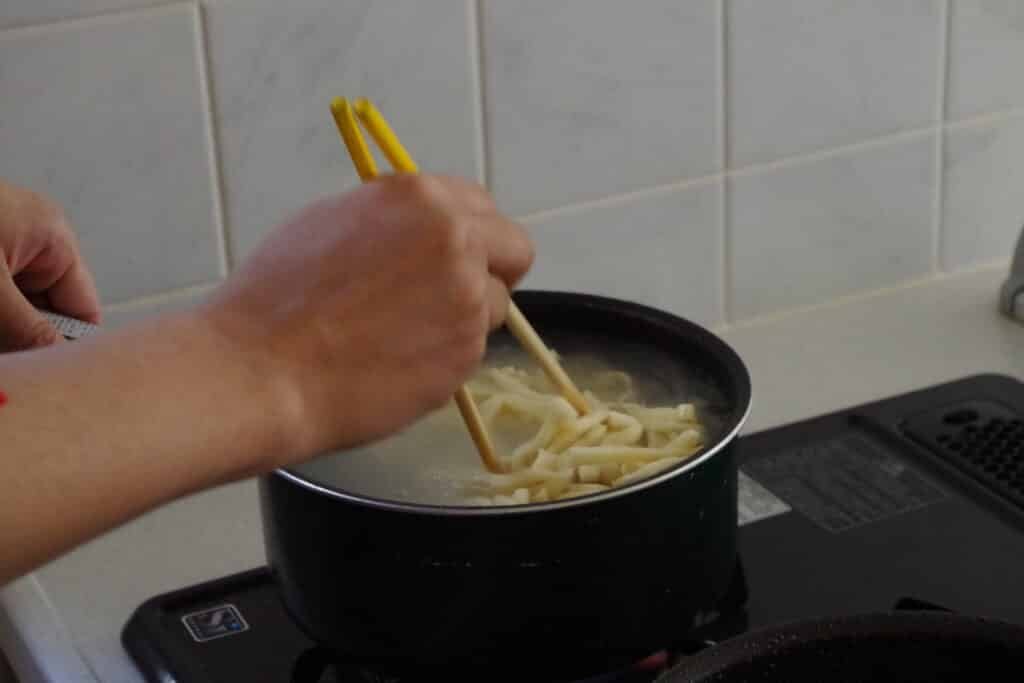
As I mentioned earlier, the beauty of Kasu Udon lies in its simplicity and its rich, wholesome flavor. As such, this is a dish that you can make at home relatively easily.
A wise man one said “Never think while you’re hungry” and that is also true for those times when you are cooking Kasu Udon for guests, especially those who may not have tried “horumon” based dishes before.
So, there’s no need to tell your guests that this dish has intestines in it, at least, not until after they’ve tried it!
To prepare a steaming hot bowl of homemade Kasu Udon, you’ll need the following:
300g of beef intestines (chopped)
1 pot of boilng water
2 dashi stock cubes (if you can’t find dashi in your local supermarket then chicken or consume stock cubes are a decent substitute).
Oil for deep frying (the traditional recipe uses lard, but for the sake of my ventricles I prefer to use olive oil or sesame oil!)
1 carrot (finely chopped)
1 spring onion (finely chopped)
Black pepper
1 onion (diced and finely chopped)
1 pack of udon noodles
Directions:
Start but cutting your beef intestines into small pieces, ideally about half the size of a typical chunk of beef you would find in a stew. Set it aside for now.
Boil up a pot of water, add your stock cubes, diced onion and carrot, stir well until the stock is fully dissolved. You can add a little black pepper at this point if you wish.
Once the vegetables have softened and the stock is fully dissolved, add your udon noodles. Be sure to stir them regularly and consistently, to prevent them sticking to the pot.
Once the noodles have softened, leave the pot on a low heat, cover and leave it for now.
Using either a deep fat fryer or a chip pan, deep fry your beef in the oil until it is cooked through. You’ll know when it’s ready as it will rise to the top of the pan. Remove the beef from the pan when it is ready and transfer to a plate lined with kitchen paper to absorb some of the excess oil.
Serve your noodles and soup into a large bowl, sprinkle your beef over the noodles.
Finally, top off the dish with your finely chopped spring onions and, if you so desire, a little more black pepper for added bite!


